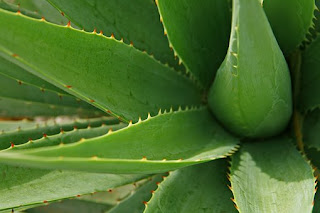Scientific name: Valeriana officinalis
Common names: garden valerian, all-heal, common valerian
and garden heliotrope
Description:
Valerian is a hardy perennial flowering plant native to
Europe and parts of Asia. It grows up to 2 feet tall
with small pink or white flowers. The leaves of the
valerian are dark green, pointed at the tip and hairy
underneath.
Part/s used:
Roots, rhizomes and stolons
Dried roots are prepared as teas or tinctures
Medicinal Properties and Uses:
Valerian may cause sedation by increasing the amount of
a chemical called gamma aminobutyric acid (GABA) in the
brain. GABA is an inhibitory neurotransmitter.
Valerian is used as a medicinal herb and is best known
as a herbal remedy for insomnia. It is also used as a
pain reliever and a muscle relaxant.
Valerian is also used to ease headaches, heart
palpitations, stimulate the appetite as well as in lower
the blood pressure.
It is a popular alternative to prescription medications
used for sleeping disorders, restlessness and anxiety.
Valerian is usually taken an hour before bedtime and
shouldn't be taken for more than three months at a time.
Side effects: Pruritus, headache, palpitations,
dizziness and gastrointestinal discomfort.
Precautions:
Women who are pregnant or nursing should not take
valerian without medical advice.
Valerian shouldn't be taken with other medications,
especially those that depress the central nervous system
e.g. sedatives and antihistamines.
Don' t use valerian while driving or when doing things
that require you to be alert.
THOUGH THE CONTENT OF THIS BLOG HAD BEEN TRIED/TESTED
AND HAD BEEN USED AS FOLK/HERBAL MEDICINE IT IS STILL
BEST TO CONSULT YOUR DOCTOR BEFORE TRYING THIS.












